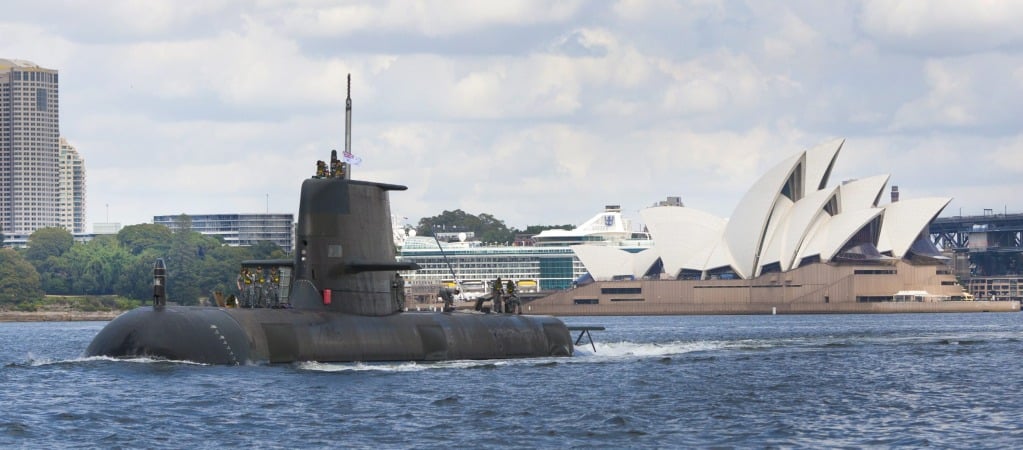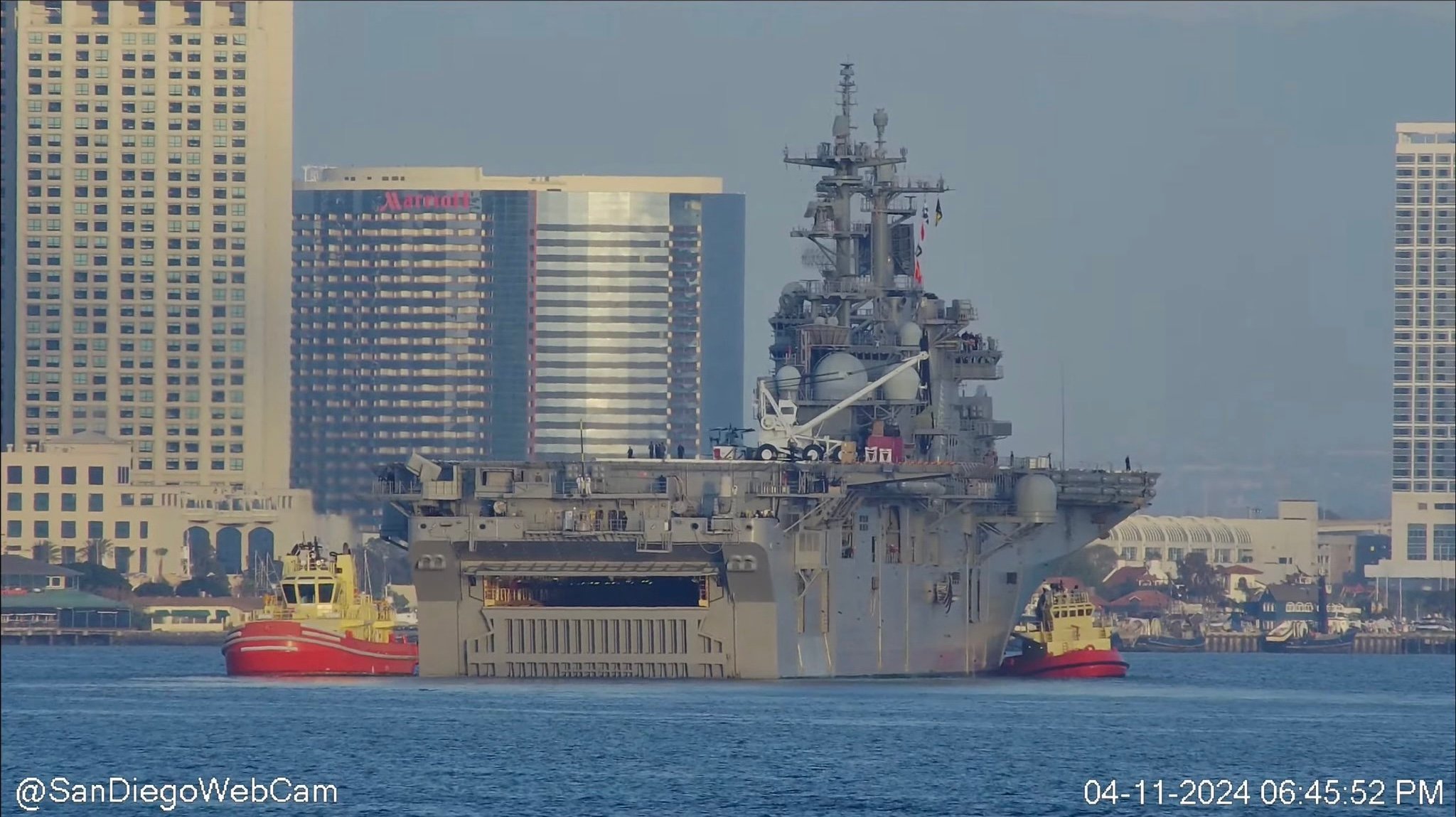
Japanese and Australian leaders plan to sign an agreement Tuesday that would clear the way for the two countries to collaborate on a future submarine design as Japan seeks to export its military technology against the backdrop of a rising China.
Following a recent revision in Japan’s post World War II pacifist constitution, Japan and Australia are expected to sign a “marine hydrodynamics” technology sharing agreement that could lead to the development of a new submarine design to replace the Royal Australian Navy’s (RAN) six Collins-class (Type 471) diesel attack boats (SSK).
The RAN has been planning to replace the six boats with a dozen improved submarines that would be quitter with longer ranges, according to an Australian 2009 white paper.
Australia has shown interest in Japan’s Soryu-class SSK, among the largest and most capable non-nuclear submarines in the world, displacing 4,200 tons submerged. The subs are fitted with an air-independent propulsion (AIP) system, allowing the ships to travel longer underwater without snorkeling to exchange air in the boat.
Aussie Defence Minister David Johnston visited one of the Japanese boats in June.
The defense collaboration — the Agreement on the Transfer of Defence Equipment and Technology — could open the door for companies like Mitsubishi Heavy Industries to market their military hardware to other countries.
“When the agreement comes into force, it will create new opportunities for joint development of defense equipment and technology, which involves their transfer between the two countries, including opportunities for the transfer and joint development of defense equipment and technology,” Japanese Prime Minister Shinzo Abe said in a written statement to The Australian newspaper.
“Japan and Australia already have an agreement on fundamental scientific and technological research in the area of hydrodynamics. Technology derived from this field of research can be applied to a wide range of vessels, including submarines.”
The tighter binding of ties between the Japan and Australia has been a major news story in the Western Pacific for months and commentary has been focused on China’s reaction to the greater military cooperation.
In June, Chinese Forigen Ministry spokesperson Hua Chunying said that, “China always maintains that countries in the Asia-Pacific should carry out friendly cooperation without harming the interests of the third party and jointly safeguard regional stability, peace and prosperity.”
The Chinese embassy in Australia recycled the quote in response to a separate story in The Australian on Chinese reaction to the tightening of trade and defense ties.

At least one regional defense expert told Reuters the deal could enflame relations with China.
“There’s a clear danger that aligning [Australia] closely with Japan on a technology as sensitive as submarine technology would be read in China as a significant tightening in what they fear is a drift towards a Japan-Australia alliance,” said Hugh White, a professor of strategic studies at the Australian National University in May. “It would be a gamble by Australia on where Japan is going to be 30 years from now.”
The new avenues for defense cooperation are possible due to a reinterpretation of Japan’s pacifist constitution that allows the country to come to the aid of allies.
As part of the American-imposed 1947 post-World War II constitution, Japan could only defend against a direct threat to its holdings.
The new interpretation — approved by Japan’s Cabinet on July 1 — allows for a greater degree of collective self-defense.
On Sunday, Abe announced there would be a new cabinet minister to oversee the changes in the legislation to formalize the arrangements, according to a Monday report in Jane’s Defence Weekly.
“For example, the Self-Defense Forces law will be revised to allow weapons to be used to protect US military vessels engaged in surveillance activities and exercises with Japanese troops during peacetime,” read the report.
China has been a vocal regional opponent to the change in interpretation.
“Beijing opposes Japan’s act of hyping the China threat,” Chinese Foreign Ministry spokesman Hong Lei said in an Associated Press wire report following the July policy change saying the shift, “raises doubts about Japan’s approach to peaceful development.”





